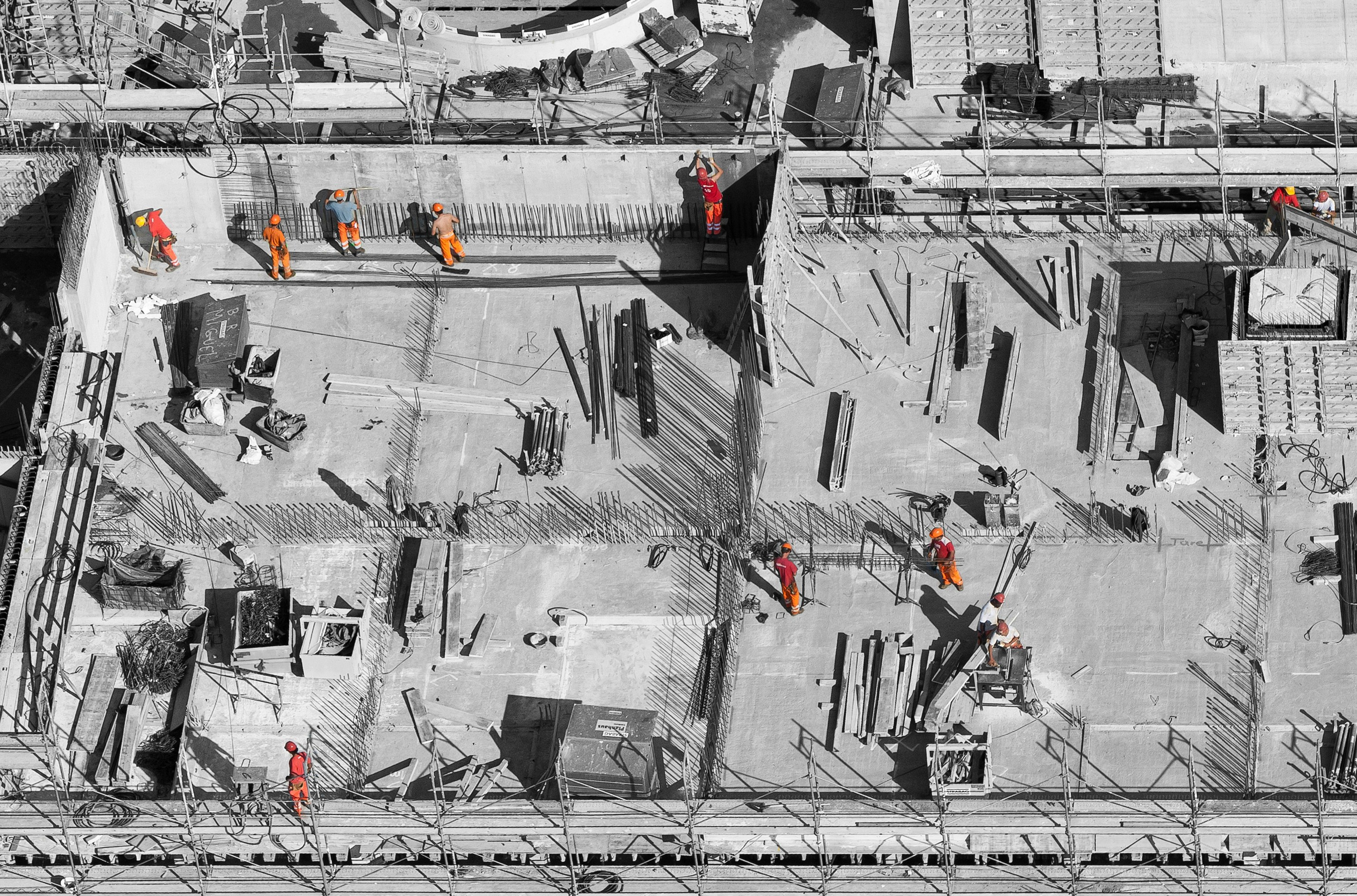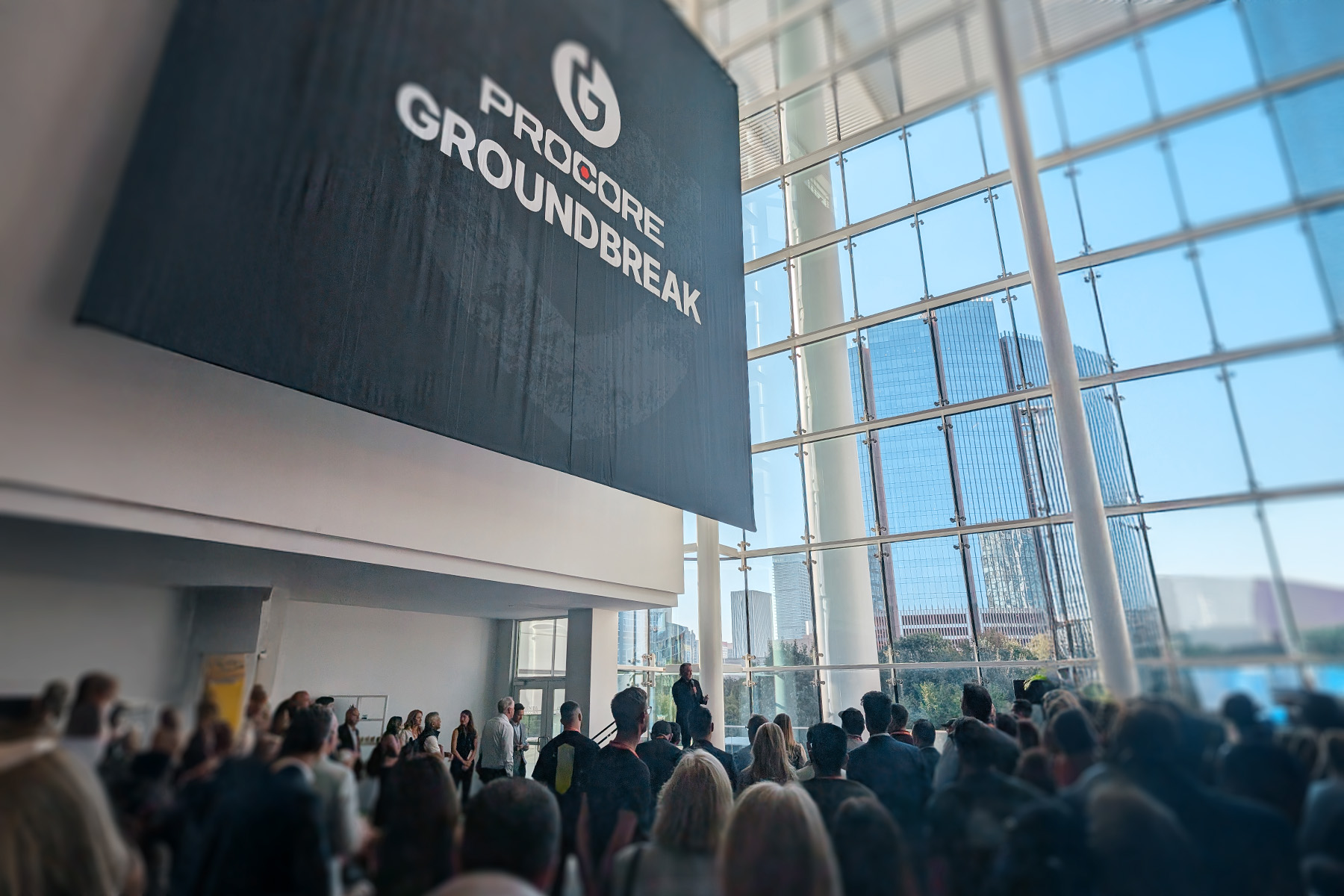In the world of construction, accurate cost estimation is the cornerstone of successful cost-plus building projects. The cost-plus model lies in transparency and fair pricing, making precise cost estimation a critical factor in maintaining client trust and project profitability. In this guide, we'll delve into the art of accurate cost estimation, offering insights and practical tips for cost-plus builders.
Understanding the Importance of Accurate Cost Estimation
Accurate cost estimation is the linchpin of cost-plus construction, ensuring that clients are billed fairly and that builders are adequately compensated for their services. Here are some key reasons why precise cost estimation is crucial:
1. Transparent Communication
In a cost-plus contract, transparent communication is paramount. Accurate cost estimates provide clients with a clear breakdown of where their money is going, fostering trust and transparency in the builder-client relationship.
2. Risk Mitigation
Construction projects are inherently prone to unexpected challenges. Accurate cost estimation helps mitigate risks by accounting for potential contingencies and unforeseen circumstances, reducing the likelihood of budget overruns.
3. Fair Compensation for Builders
For cost-plus builders, the accuracy of cost estimates directly impacts their profitability. A well-estimated project ensures that builders are adequately compensated for their labor, materials, and overhead costs, helping them maintain a sustainable business.
Strategies for Accurate Cost Estimation
Now that we understand the importance of accurate cost estimation, let's explore practical strategies that cost-plus builders can implement:
1. Thorough Site Analysis
Conduct a comprehensive site analysis to identify potential challenges and opportunities. Assess soil conditions, topography, and existing structures to anticipate any factors that may impact construction costs. This involves studying the physical characteristics of the construction site, understanding local conditions, and identifying any potential challenges that may impact the cost and feasibility of the project. These tools may be helpful:
Google Earth
Google Earth is a powerful geospatial tool that allows cost-plus builders to virtually explore and analyze potential construction sites. Users can view 3D maps, access historical imagery, and measure distances. This tool is particularly useful for assessing topography, understanding the layout of the land, and gaining insights into neighboring structures. Google Earth’s user-friendly interface and detailed imagery make it an essential tool for an initial overview of the construction site.
Drones
Drones have become invaluable in conducting site surveys with speed and precision. They provide high-resolution aerial images and 3D mapping, allowing builders to assess the site from various angles. Drones are especially useful for large or complex sites where ground-level observations may be limited. Platforms like DJI Phantom 4 RTK offer survey-grade accuracy, making them suitable for detailed site analysis in cost-plus construction projects. Services like TraceAir offer turnkey services managing the drones and all of their data for you.
2. Collaboration with Subcontractors and Suppliers
Engage with subcontractors and suppliers early in the project planning phase. Their expertise can provide valuable insights into material costs, availability, and potential challenges, contributing to a more accurate cost estimate.
3. Historical Data Analysis
Reviewing historical data from past projects is a powerful tool for accurate cost estimation. Analyze data on similar projects, considering factors such as location, size, and scope, to identify patterns and trends that can inform your current estimate. Financial software for cost-plus builders like inBuild will keep track of every detail and save your historical data for more accurate estimations in the future.
4. Utilization of Estimating Software
Take advantage of modern estimating software to streamline the estimation process. These tools can improve accuracy by automating calculations, ensuring consistency, and providing a centralized platform for collaboration. Estimating software has become a game-changer, offering cost-plus builders the tools needed to streamline their processes, enhance accuracy, and stay competitive in the industry. Here are three standout estimating software platforms, each with unique features that cater to the specific needs of cost-plus builders:
ProEst
ProEst is a cloud-based estimating software designed to meet the needs of construction professionals, including cost-plus builders. It offers a user-friendly interface and robust features for creating detailed estimates. With ProEst, builders can create accurate takeoffs, collaborate with team members in real-time, and generate comprehensive reports. The software's integration capabilities with other project management tools contribute to a seamless workflow from estimation to project completion.
STACK
STACK is a cloud-based platform that caters to the diverse needs of construction estimating, making it an excellent choice for cost-plus builders. The software enables users to take advantage of digital takeoffs, allowing for more accurate and efficient measurement of project quantities. STACK also offers collaboration features, helping teams work together seamlessly, and its intuitive interface makes it accessible for both seasoned professionals and those new to estimating software.
Buildertrend
While primarily known as a construction project management platform, Buildertrend also includes robust estimating features, making it a comprehensive solution for cost-plus builders. The software allows users to create detailed estimates, track costs, and manage budgets. Buildertrend's strength lies in its ability to integrate estimating seamlessly with other project management functions, providing a holistic approach to construction project workflows. The platform's accessibility via mobile devices enhances on-site collaboration and real-time updates.
5. Regular Updates and Adjustments
Cost estimation is not a one-time task. Regularly update and adjust your estimates as the project progresses and new information becomes available. This dynamic approach allows for more accurate forecasting and budget management. Once past the estimation and into the budget management stage, use inBuild to keep track of every detail and save your historical data for more accurate estimations in the future.
Conclusion
Accurate cost estimation is both an art and a science. By embracing thorough analysis, collaboration, and modern technology, cost-plus builders can enhance the precision of their estimates, ultimately delivering successful projects that meet or exceed client expectations. In an industry built on transparency, mastering the art of accurate cost estimation is key to building lasting relationships and ensuring the continued success of cost-plus building projects.











